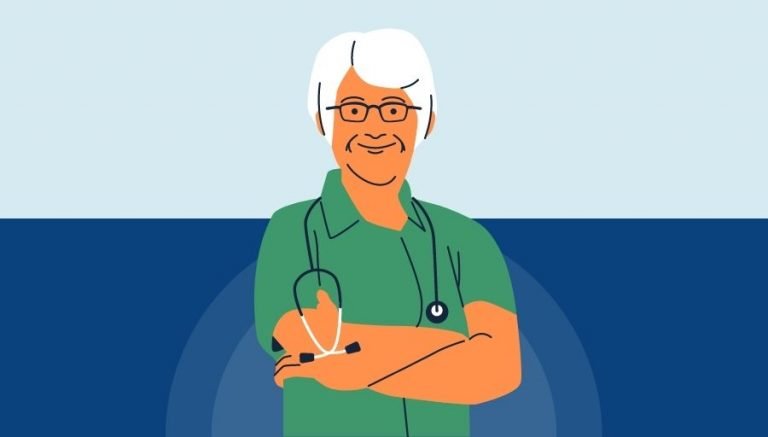ICD 10 CM F31.12 | Description & Clinical Information
ICD 10 F31.12 describes a mental disorder that is characterized by significant and rapid changes in mood, energy, and activity levels, which can severely impact an individual’s ability to perform daily tasks, and is marked by manic episodes that are characterized by an extremely elevated mood and feelings of euphoria, with the current episode being moderate in intensity and lacking any psychotic features such as delusions or hallucinations.
Official Description Of F31.12
The ICD 10 CM book defines ICD 10 code F31.12 as:
Includes: bipolar I disorder
bipolar type I disorder
manic-depressive illness
manic-depressive psychosis
manic-depressive reaction
seasonal bipolar disorde
Excludes1: bipolar disorder, single manic episode (F30.-)
major depressive disorder, single episode (F32.-)
major depressive disorder, recurrent (F33.-)
Excludes2: cyclothymia (F34.0)
When To Use F31.12
The diagnosis described by ICD 10 CM F31.12 pertains to individuals who have bipolar disorder, also known as manic-depressive illness. This condition is characterized by mood episodes wherein patients experience sudden, extreme changes in their emotions, sleep and activity levels, and atypical behaviors. Manic episodes, in particular, are marked by a feeling of extreme elation or a high energy level, alongside racing thoughts and pressured speech. The person may also become highly agitated, irritable, or engage in risky behaviors due to impaired judgment. Also, they can think they can do many things at once, have difficulty sleeping, and show signs of hyperactivity.
Although some manic episodes may be accompanied by psychotic symptoms like delusions and hallucinations, not all episodes are the same. In this case, the patient’s current manic episode is moderate and does not include such features.
Patients with bipolar disorder may also have other mental disorders or substance abuse, which can make the diagnosis challenging. There are no specific laboratory or diagnostic tests for bipolar disorder; instead, healthcare providers rely on conducting an assessment by a mental health professional based on criteria from the Diagnostic and Statistical Manual of Mental Disorders.
The diagnosis of bipolar disorder is established based on the patient’s history, signs, and symptoms. The process includes a detailed inquiry into the individual’s personal and social behavior, along with a physical examination. Healthcare providers look specifically for indications that the person has experienced alternate episodes of depression or hypomania/mania. These findings need to be identified over time for accuracy in the diagnosis.
The most effective treatment for bipolar disorder typically entails a combination of psychotropic medications and psychotherapy. Atypical antipsychotic medications and sleep medications are often used when appropriate, while psychotherapy and counseling, such as cognitive-behavioral therapy or family-focused therapy, can help patients learn coping strategies and prevent mood symptoms.
While bipolar disorder can be challenging to diagnose and manage, individuals who seek treatment can typically manage the condition effectively and lead successful lives. Getting the proper diagnosis and treatment can help individuals with bipolar disorder prevent relapse and reduce the severity of their symptoms. It’s important for patients to work closely with a team of healthcare professionals who can help identify and address the unique challenges of this condition.



